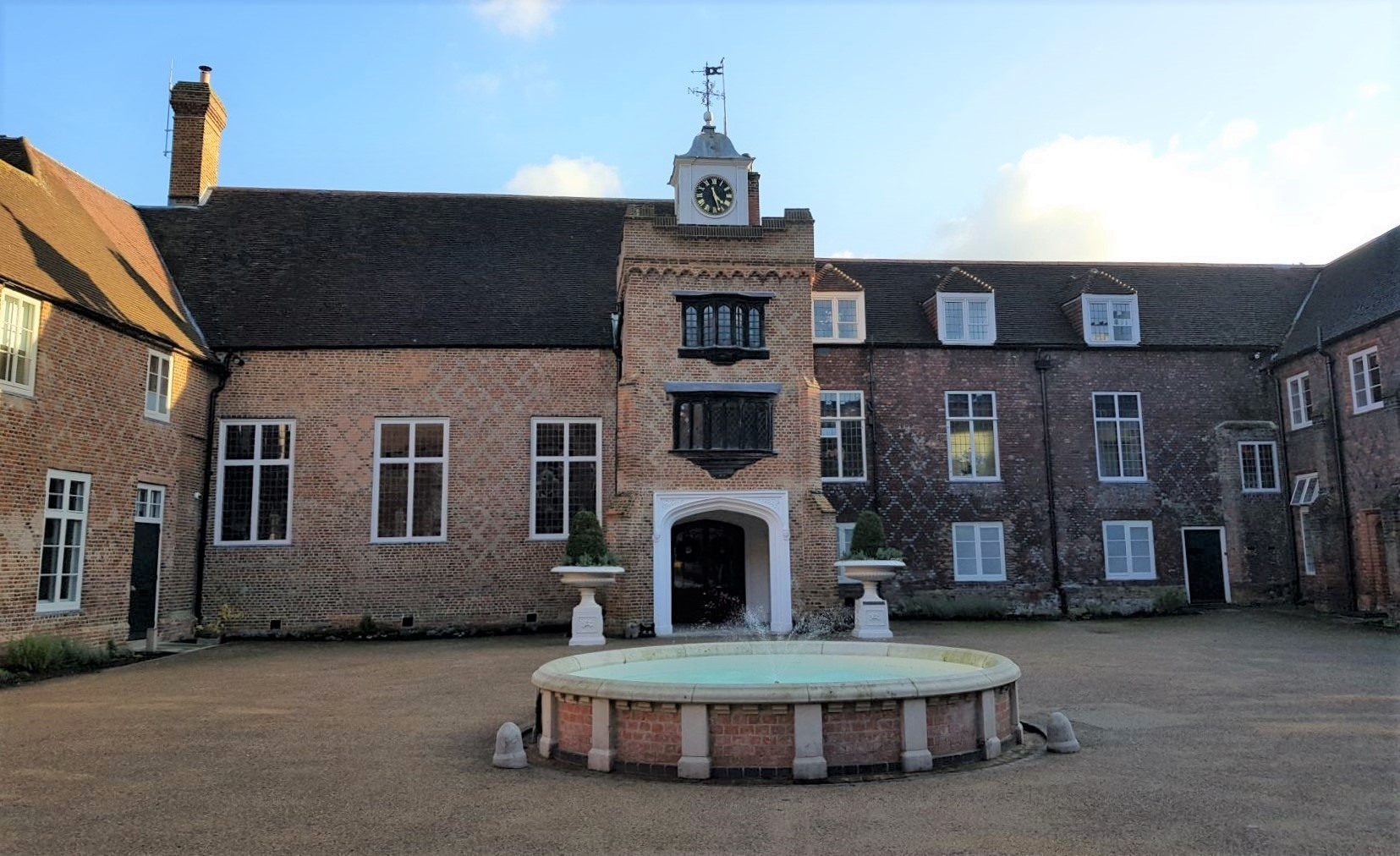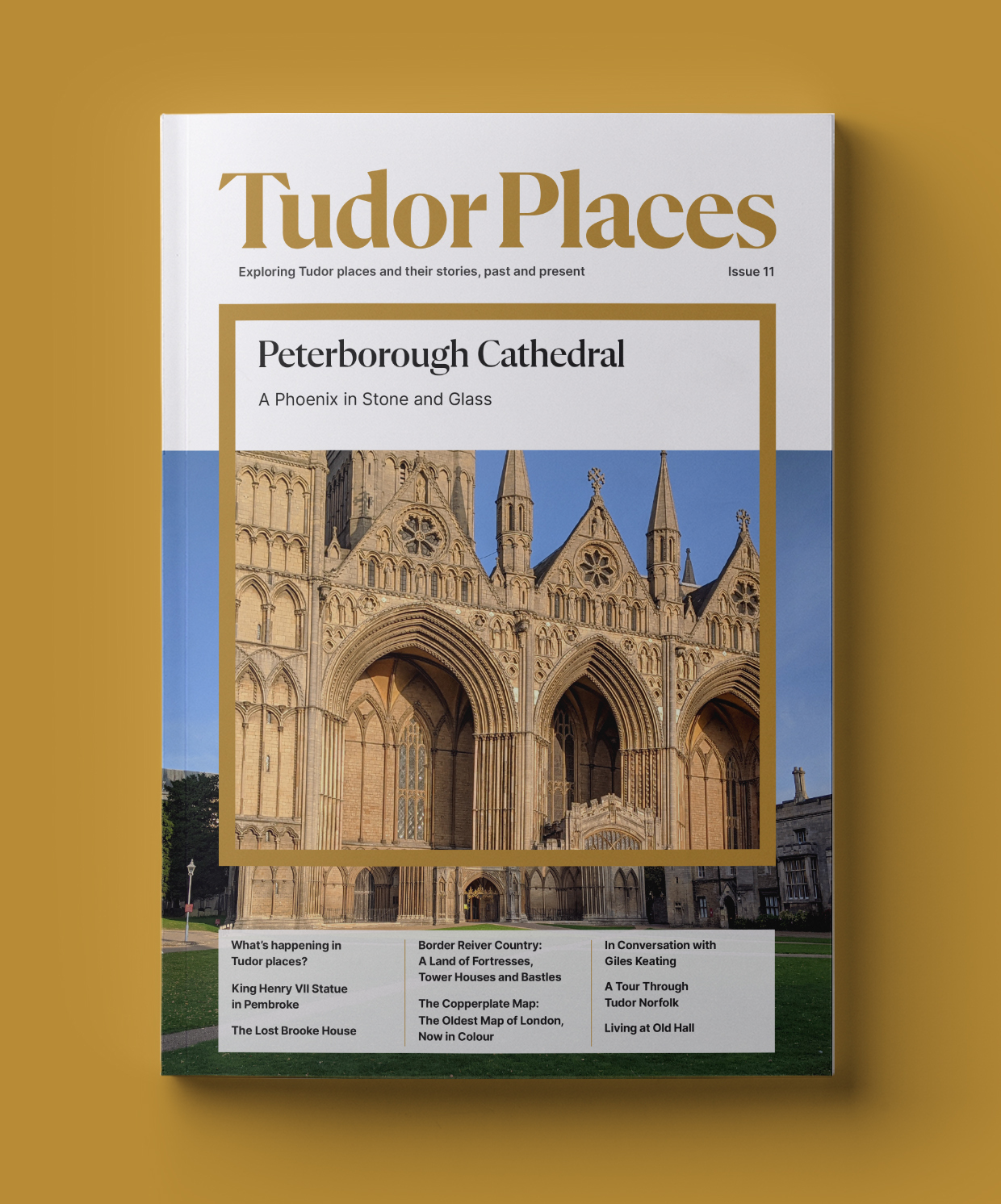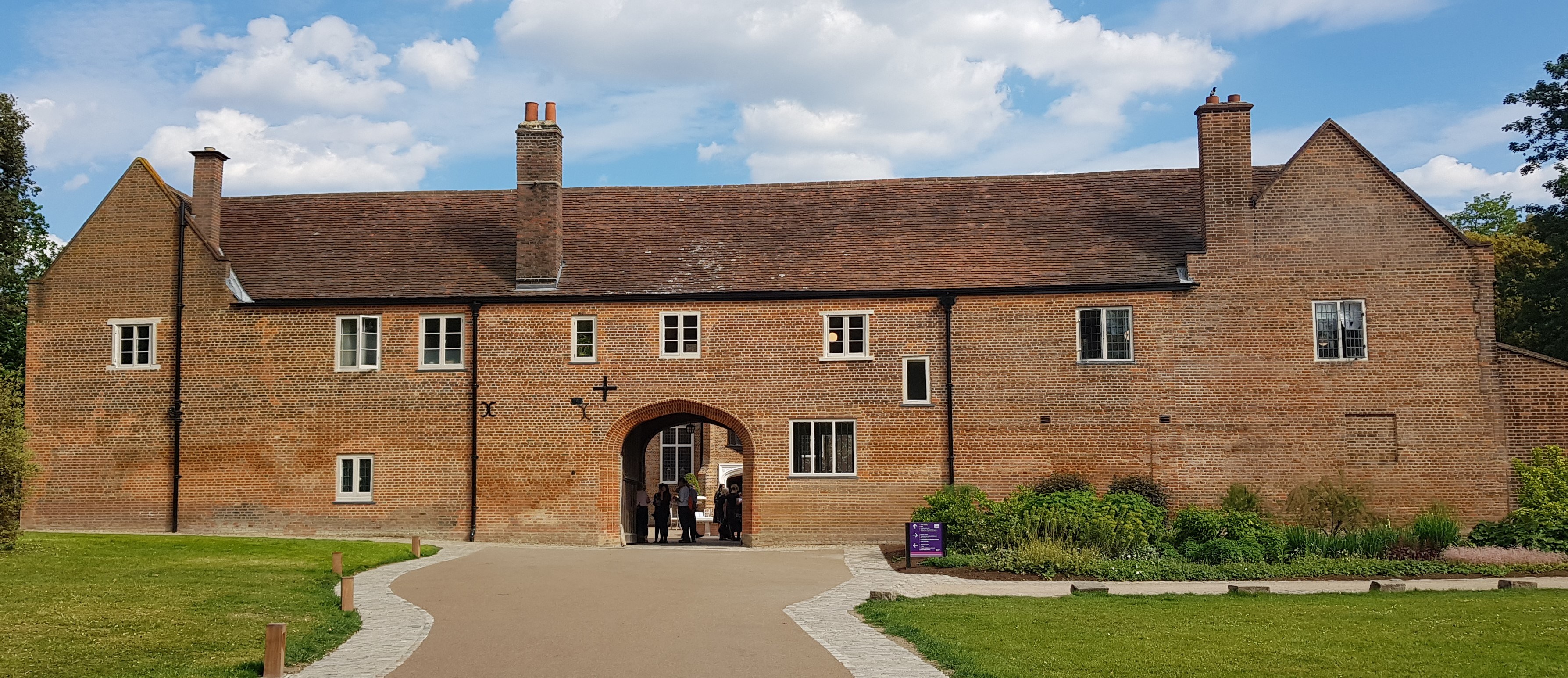Home to the Bishops of London for more than 1,000 years, Fulham Manor, then Palace, was used as one of their summer residences, having the advantage of being away from the unsanitary and unhealthy conditions of the city whilst still close to the royal court and Parliament. The large quadrangle was built for Bishop Richard Richard Fitzjames during Henry VII’s reign and the Great Hall was fitted up for Bishop Richard Fletcher in 1595.

During Mary I’s reign Bishop Edmund Bonner kept Protestant prisoners at Fulham, who were tortured in the Great Hall and medieval chapel of the palace. On a lighter note, when Edmund Grindal, later Archbishop of Canterbury, was Bishop of London, he sent grapes grown at Fulham Palace every year to Elizabeth I, who visited the Palace several times during her reign and dined in the Great Hall.
Much of the original medieval palace was demolished and replaced in the eighteenth century. However, in the Great Hall (modified in subsequent centuries), the West Courtyard and the Walled Garden, it is possible to see its Tudor heritage. The red-brick wall near to the Holm oak tree (which is believed to be 500 years old), and the gateway, with the weathered coat of arms of Bishop Fitzjames above it, leading into the walled garden are Tudor, as are the three bee boles in that section of the wall. Many Tudor artefacts are on display in the on-site museum.
See also: All Saints Church, Fulham

Buy the Latest Issue
Try Issue 11, the latest issue of Tudor Places magazine
Image Credits: Tudor Places

